The transmission of vocal patterns from adult birds to their young represents one of nature’s most elegant learning processes. Unlike many animal vocalizations that come pre-programmed through genetics, songbirds must learn their species-specific tunes through observation and practice. This remarkable educational journey begins when hatchlings first hear the melodious notes of adult birds and continues through distinct developmental phases where they acquire, practice, and perfect their own vocal repertoires. The process illuminates fascinating parallels to human language acquisition while showcasing the intricate interplay between innate biological predispositions and environmental influences. From simple chirps to complex trilled symphonies, the story of how young birds learn from adult song models offers a window into one of nature’s most sophisticated teaching relationships.
The Critical Period for Song Learning
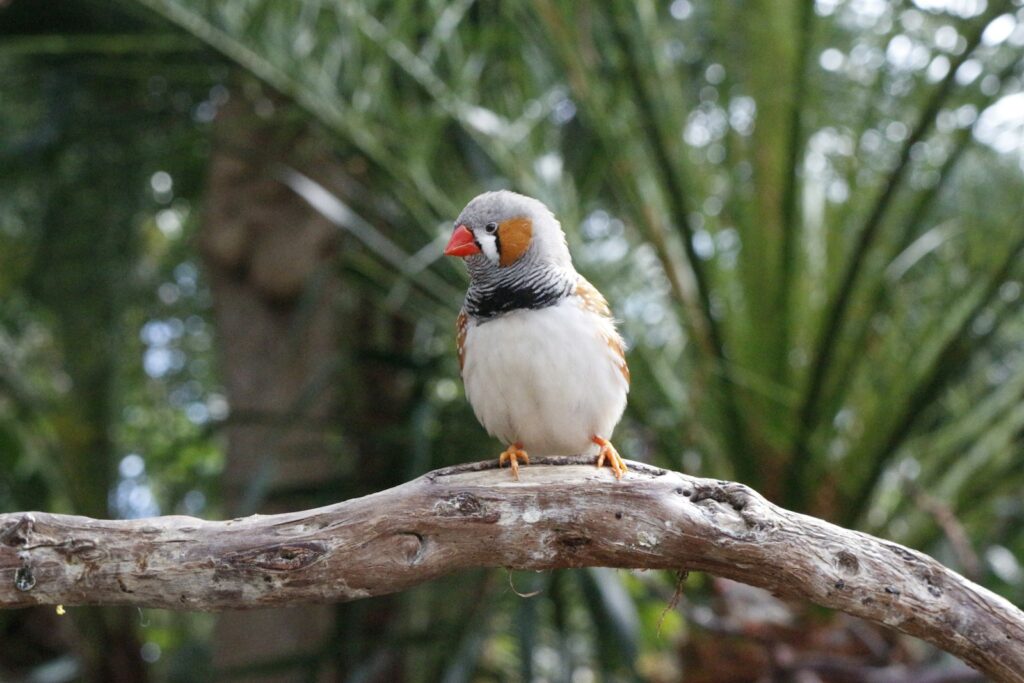
Young songbirds experience a critical period during development when their brains are especially receptive to absorbing song patterns from adult models. This window of heightened neuroplasticity varies by species, typically beginning shortly after hatching and extending through the early juvenile phase. For zebra finches, one of the most studied songbird species, this critical period lasts approximately 90 days, during which exposure to adult song is essential for normal vocal development. Without proper exposure during this timeframe, many birds develop abnormal songs that lack the characteristic elements of their species. Researchers have demonstrated through acoustic isolation experiments that birds raised without hearing adult songs develop simplified, impoverished vocal patterns that bear little resemblance to the rich, structured songs of their wild counterparts.
The Two-Phase Learning Process
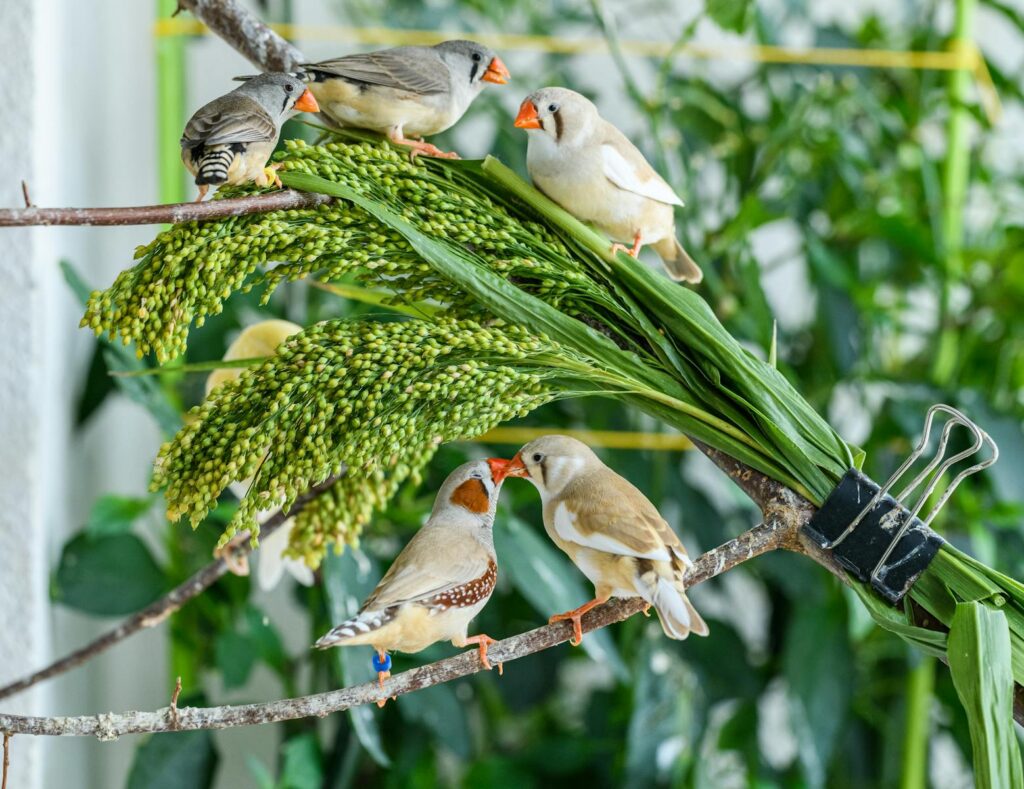
Song acquisition in young birds follows a well-defined two-phase process that neurobiologists have extensively documented. The first phase, known as the sensory or memorization phase, involves the young bird creating mental “templates” by listening attentively to adult song models. During this passive listening stage, specific neurons in the bird’s brain form memory traces of the songs they hear, storing them as internal references. The second phase, called the sensorimotor or practice phase, begins when the juvenile bird starts producing its own vocalizations, comparing its output against the memorized templates. Initially, these practice sounds resemble random, disorganized “subsong” (akin to human babbling), but gradually evolve into more structured “plastic song” as the bird refines its technique. These distinct learning phases highlight the sophisticated cognitive processes underlying vocal development in birds, involving both perceptual learning and motor skill refinement.
The Role of Tutors in Song Development
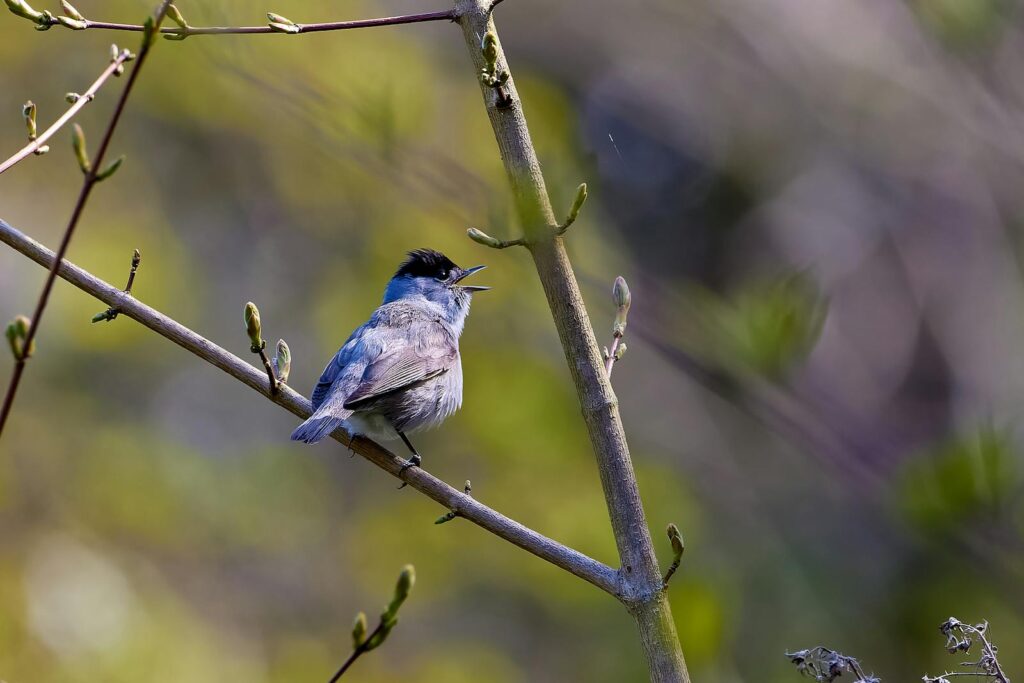
Adult song tutors provide essential vocal models that shape the developing repertoires of young songbirds. In many species, the father serves as the primary tutor, with young males preferentially learning songs from their paternal figure. This relationship creates fascinating lineages of song traditions that can be traced across generations within populations. Some species demonstrate remarkable selectivity in their learning, with juveniles showing greater attentiveness to songs from their own species even when exposed to mixed vocal environments. The quality of tutoring significantly impacts learning outcomes, with interactive, live tutoring generally producing better results than passive exposure to recorded songs. Studies with white-crowned sparrows have revealed that young birds learn more effectively when they can observe the adult tutor’s physical singing behaviors alongside hearing the acoustic patterns, suggesting that visual cues enhance the learning process.
Neurological Mechanisms Behind Song Learning
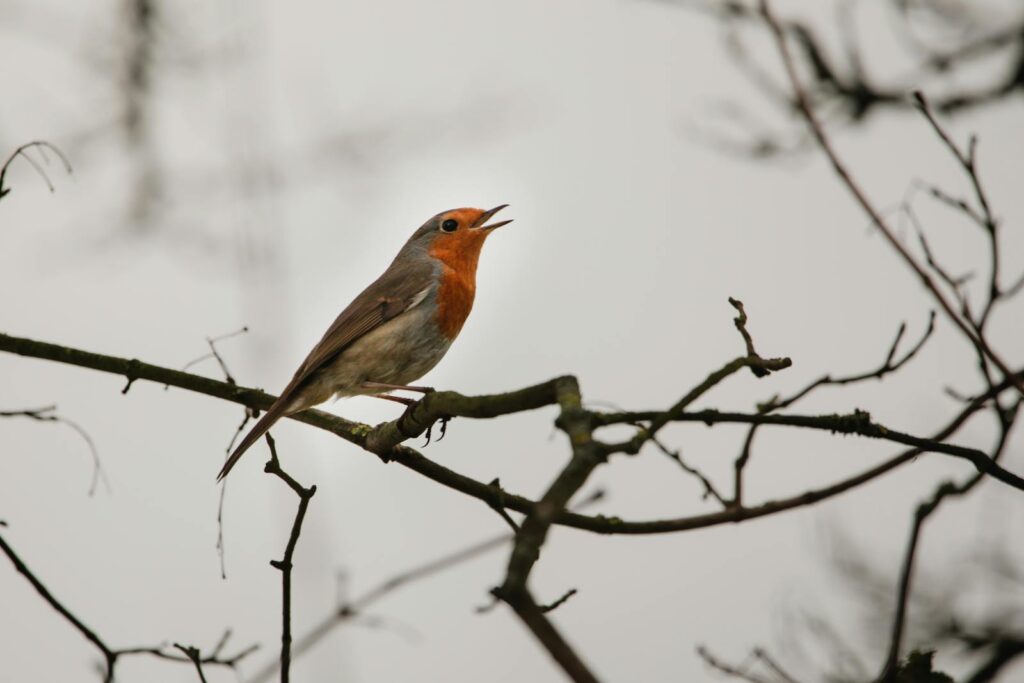
The bird brain contains specialized neural circuits dedicated exclusively to song learning and production, providing a remarkable model for studying the neurobiology of learning. The anterior forebrain pathway (AFP) serves as the “learning pathway,” while the posterior motor pathway handles song production once patterns are established. When young birds hear adult songs, specific neurons in the auditory cortex activate and gradually form connections with the song control nuclei. The brain region called Area X undergoes significant growth during the critical learning period, with new neurons being incorporated into existing circuits to support the memorization of song patterns. Perhaps most fascinating is the presence of mirror neurons in the bird brain that fire both when the bird sings and when it hears the same song pattern, creating a neural bridge between perception and production. This specialized neural architecture allows birds to gradually refine their vocalizations through a process of auditory feedback, comparing their own sounds against the memorized templates from adult models.
Social Context and Learning Motivation
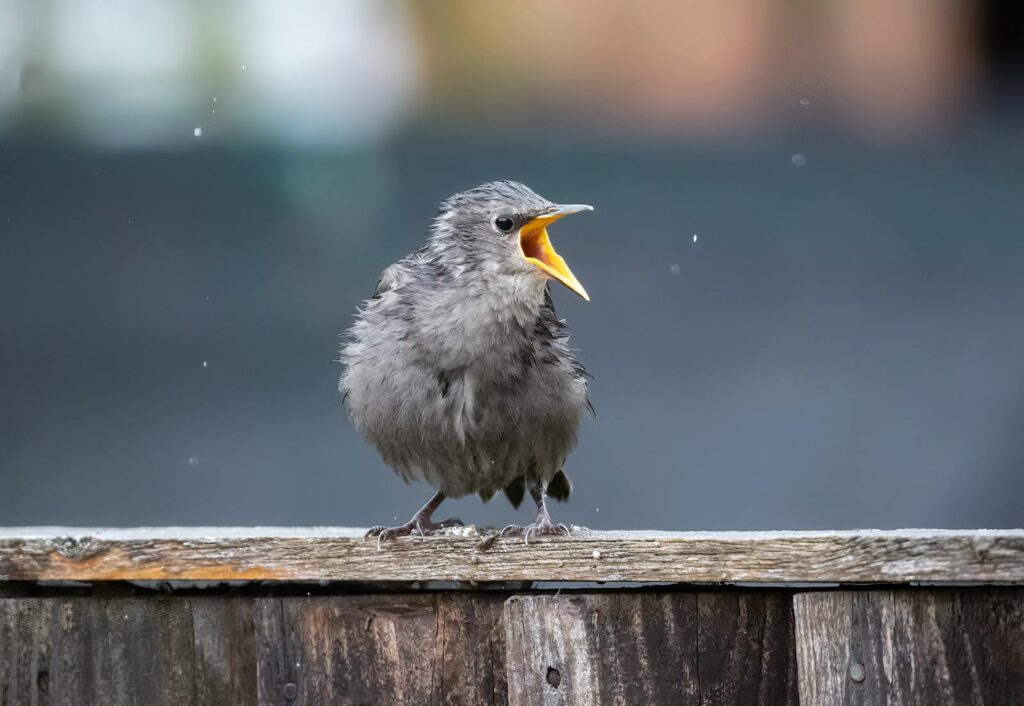
The social environment profoundly influences a young bird’s motivation and ability to learn songs from adult models. Birds raised in enriched social settings with multiple tutors often develop more complex and varied song repertoires than those in isolated or impoverished environments. Female presence during the learning process has been shown to accelerate song development in some species, with males producing more crystallized songs when females are nearby. Researchers have observed that young birds pay particularly close attention to songs that elicit responses from other birds, suggesting they recognize and prioritize socially effective communication patterns. The hormone dopamine plays a crucial role in this process, with studies showing elevated dopamine levels when birds hear preferred tutor songs, effectively creating a neurochemical reward system that reinforces learning. This intricate relationship between social context and learning motivation demonstrates how young birds don’t simply absorb songs passively but actively engage with their social environment to prioritize the most valuable vocal patterns.
Song Dialects and Regional Variations
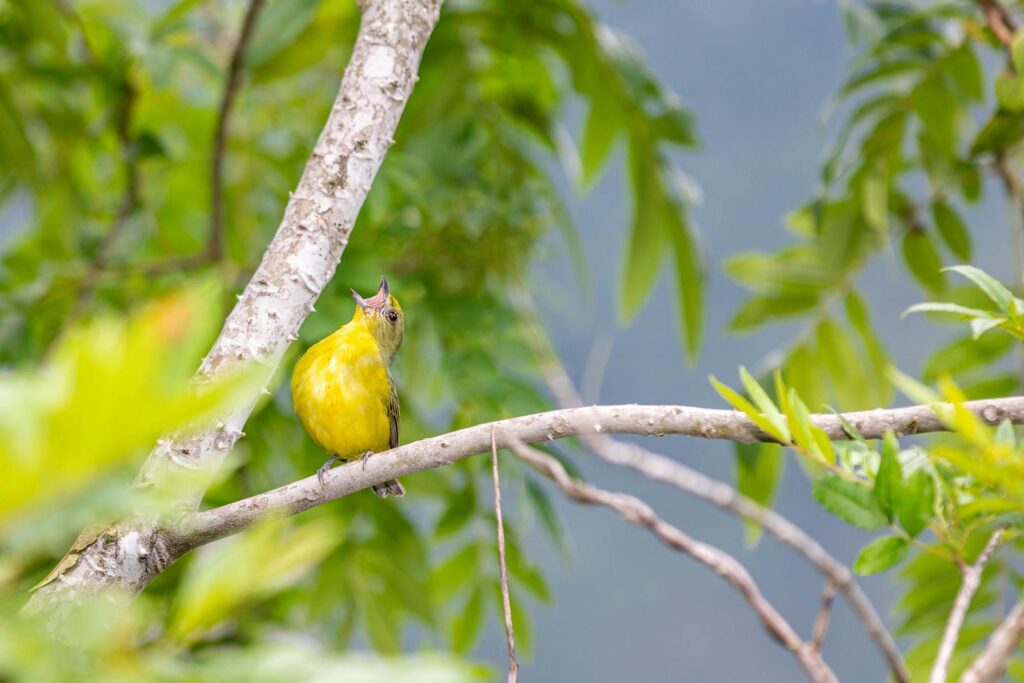
One fascinating outcome of song learning from adult models is the development of regional dialects among bird populations of the same species. White-crowned sparrows from California sound markedly different from those in Oregon, with distinctive phrase patterns that identify their geographic origin. These dialects emerge through generations of learning, as young birds typically learn from local adults and then pass those specific variations to their offspring. Song dialects can function as cultural markers that influence mate selection, with females often preferring males that sing the local dialect, creating reproductive advantages for birds that properly learn regional song variations. The boundaries between dialect regions can remain remarkably stable over decades, demonstrating how cultural transmission through learning creates lasting patterns of vocal diversity. Researchers can actually map these dialect regions and track their changes over time, providing valuable data on how cultural learning traditions evolve and persist in wild bird populations.
Errors and Innovations in Song Transmission
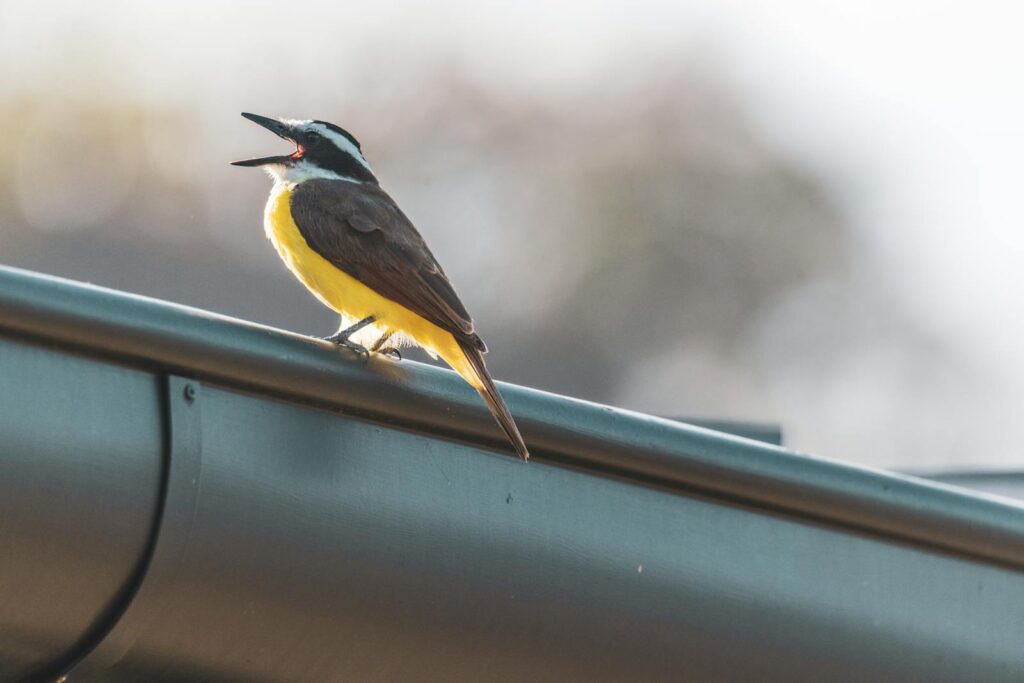
The song learning process isn’t always perfect, and these imperfections provide fascinating insights into cultural evolution among bird populations. Young birds occasionally misinterpret or imperfectly reproduce elements of adult songs, introducing novel variations that may persist in subsequent generations. Some of these “errors” are eliminated through female preference for traditional songs, creating a stabilizing selection pressure that maintains species-typical patterns. However, in certain circumstances, innovative variations may be preferentially selected if they enhance song complexity or distinctiveness, driving cultural evolution of song patterns over time. Researchers studying swamp sparrows have documented how certain novel syllable types emerge through learning errors and then spread through populations if they prove attractive to females. This balance between faithful reproduction and innovation mirrors processes seen in human cultural transmission, where traditions evolve through a combination of preservation and creative variation.
Cross-Species Learning and Mimicry

Some extraordinary avian learners extend their vocal acquisition beyond their own species, learning and incorporating sounds from different bird species or even environmental noises. The Australian lyrebird represents perhaps the most accomplished avian mimic, capable of reproducing with astonishing accuracy the songs of dozens of other bird species as well as mechanical sounds like camera shutters and chainsaws. Mockingbirds, starlings, and mynas all demonstrate remarkable cross-species learning abilities, incorporating diverse sounds into their vocal repertoires. This capacity for mimicry demonstrates the impressive flexibility of the song learning system in certain species, which can adapt to process and reproduce sound patterns quite different from their species-typical vocalizations. Research suggests that these exceptional mimics possess enhanced neural plasticity in their song control systems, allowing them to break free from the species-specific constraints that limit most birds to learning only their own species’ songs.
The Role of Innate Templates in Song Learning
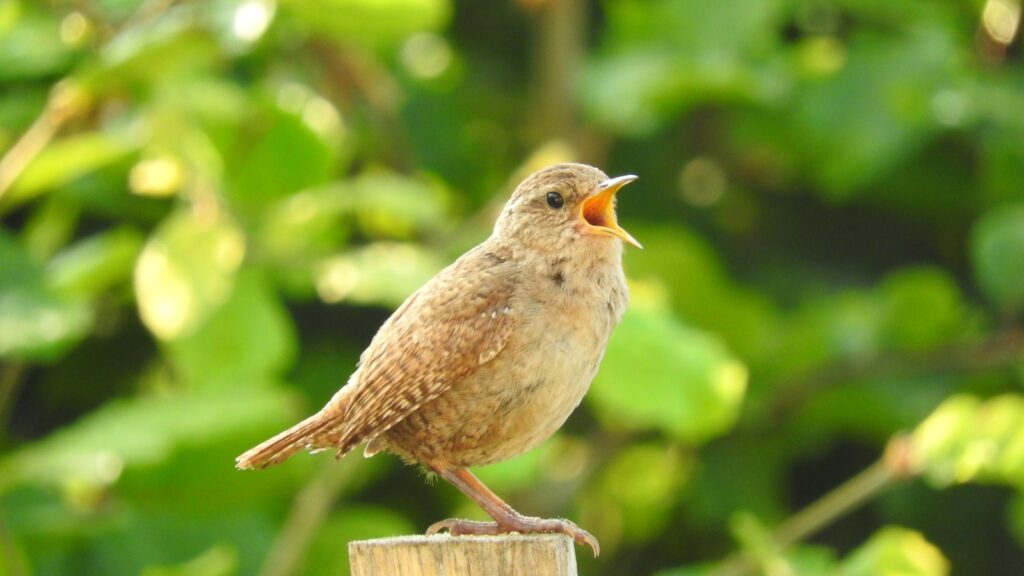
Despite the importance of learning from adult models, young birds are not blank slates when it comes to song development. Innate neural templates appear to guide the learning process, creating predispositions to attend to and absorb species-appropriate song patterns. When exposed to songs from multiple species, young birds typically show a strong preference for learning their own species’ songs, even without prior exposure to them. In isolation experiments, some birds develop simplified but recognizable versions of their species song even without tutoring, suggesting some aspects of song structure may be genetically encoded. The white-crowned sparrow demonstrates this principle clearly – birds raised in acoustic isolation still produce songs with the correct number of phrases and appropriate timing, though lacking the specific content normally acquired from tutors. This balanced system of innate guidance and experience-dependent learning ensures that cultural transmission remains relatively stable while allowing for adaptability to local conditions.
Learning from Non-Parental Tutors
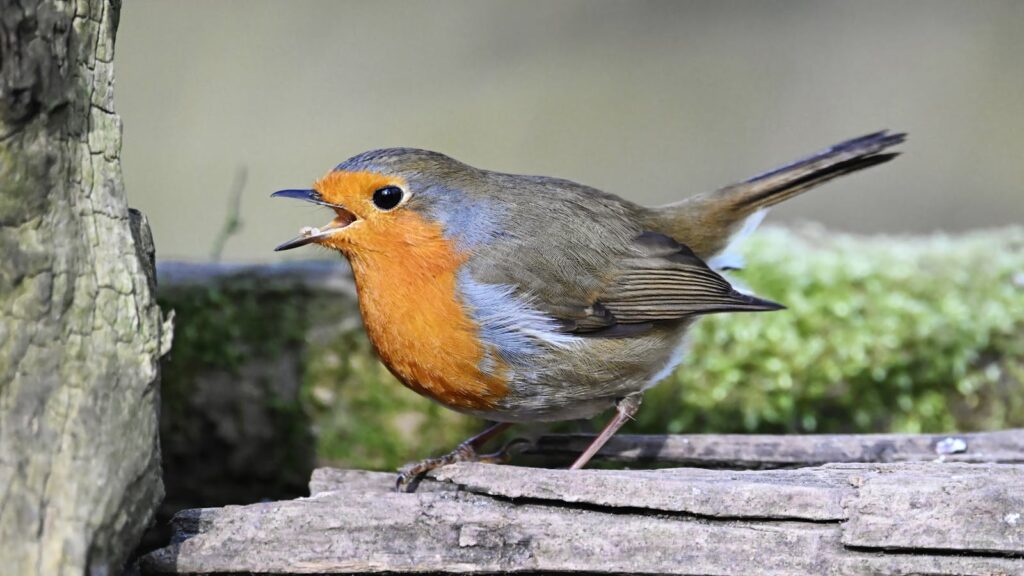
While many songbirds learn primarily from their fathers, the learning process can extend beyond parental tutoring in fascinating ways. Colonial nesting species often learn from multiple adult males in their vicinity, creating opportunities for broader song acquisition beyond the family unit. Some species demonstrate a preference for learning from territorial neighbors rather than biological fathers, particularly when those neighbors demonstrate greater breeding success. The brown-headed cowbird presents a particularly interesting case, as these brood parasites never hear their biological parents sing, instead learning their species-typical songs from other adult cowbirds they encounter after leaving their host nests. Juvenile birds often demonstrate surprising selectivity in choosing their tutors, preferring to learn from adults that sing more complex songs or that hold higher social status within the community. This diversity of learning relationships showcases the remarkable flexibility of the song learning system and its adaptation to different social structures and life histories.
Differences in Learning Between Males and Females
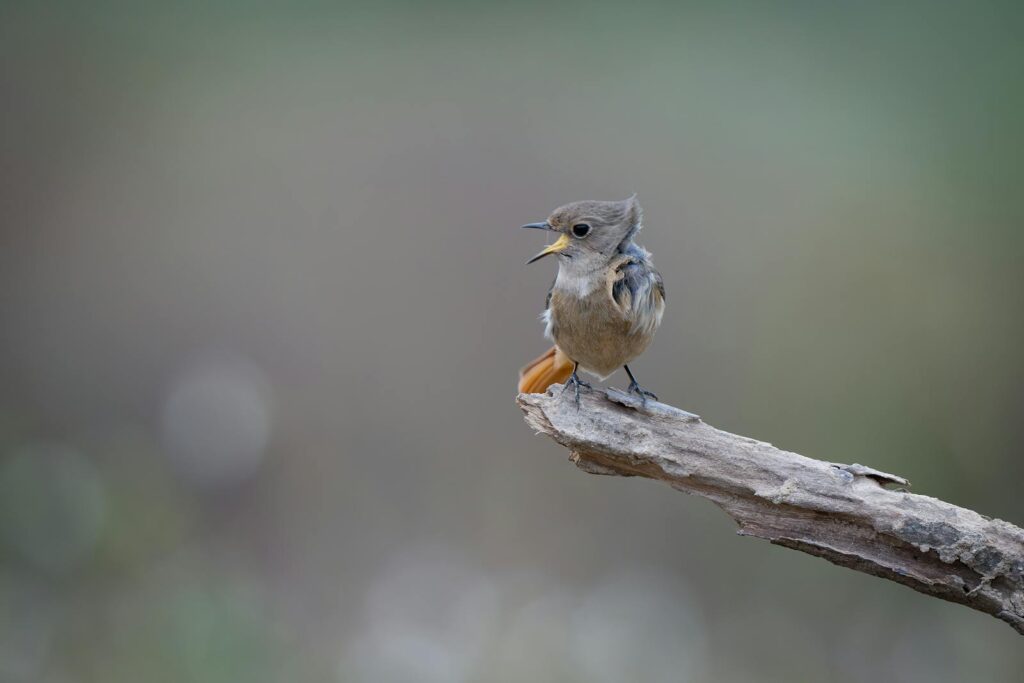
The song learning process reveals fascinating sex differences across many songbird species, with males and females often following distinct developmental paths. In many species, only males develop complex songs, while females may produce simpler calls or remain relatively silent – a pattern reflected in sexual dimorphism in brain regions dedicated to song learning and production. Female white-crowned sparrows develop the neural circuitry to learn songs during development but typically don’t produce full songs, suggesting they retain the knowledge for evaluation rather than performance. However, this pattern varies considerably across species – in northern cardinals, black-headed grosbeaks, and many tropical species, females sing nearly as much as males and undergo similar learning processes. Hormone levels play a crucial role in these differences, with testosterone promoting song development in both sexes, though females typically have lower baseline levels. These sex differences in song learning provide valuable insights into how similar neural systems can be differently regulated to produce sex-specific behavioral outcomes.
Parallels to Human Language Acquisition
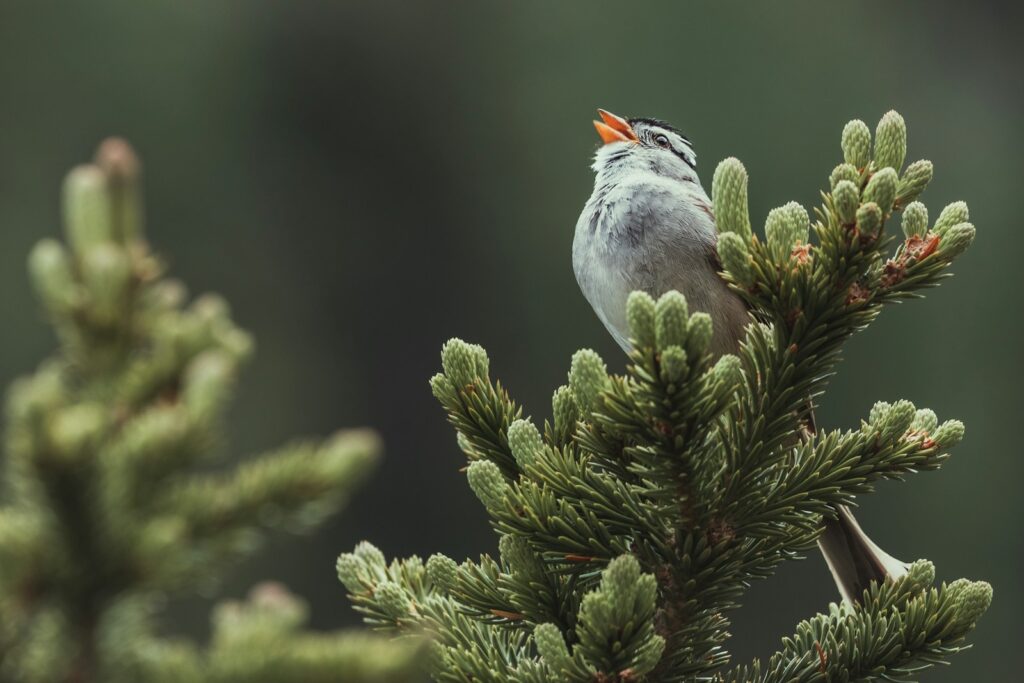
The song learning process in birds shares remarkable parallels with human language acquisition, making it a valuable comparative model for understanding the biological foundations of vocal learning. Both birds and human infants pass through a critical period during which exposure to adult vocal models is essential for normal development. The babbling stage in human infants closely resembles the subsong phase in juvenile birds, where both produce variable, exploratory sounds before mastering adult patterns. Neural circuits specialized for vocal learning show surprising similarities across birds and humans, despite over 300 million years of evolutionary separation between these lineages. Both systems employ a process of auditory feedback where learners compare their own vocalizations against memorized templates, gradually refining their output. These striking parallels represent a fascinating case of convergent evolution, where similar learning mechanisms evolved independently to solve comparable problems of complex vocal communication.
Implications for Conservation and Captive Breeding
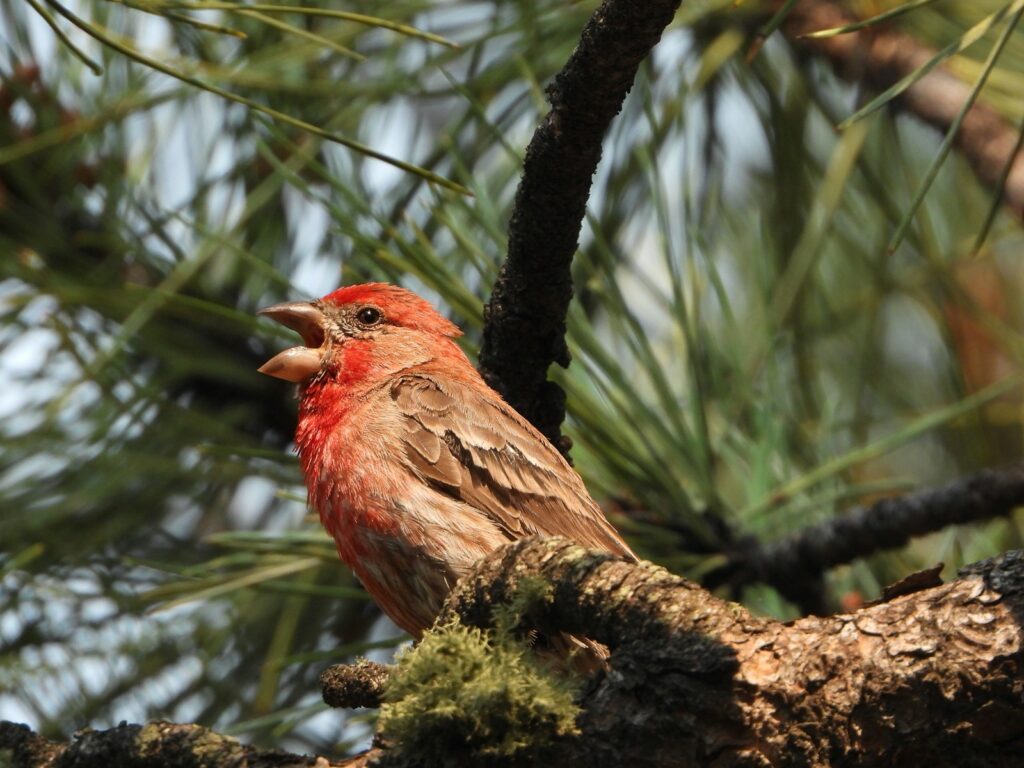
Understanding song learning has important implications for conservation efforts, particularly for endangered songbird species. Birds raised in captivity without appropriate adult song models may develop abnormal songs that reduce their attractiveness to potential mates if reintroduced to the wild. Conservation breeding programs for species like the critically endangered regent honeyeater now incorporate song tutoring using recordings or live adult models to ensure proper vocal development. For some species with distinct regional dialects, preserving these cultural variations becomes an important aspect of conservation planning alongside genetic diversity. Captive breeding programs for the Puaiohi (Small Kauai Thrush) have successfully incorporated song tutoring protocols that expose young birds to recordings of wild songs throughout their development. These applications demonstrate how fundamental research on song learning processes can directly inform conservation practices, addressing not just the genetic but also the cultural heritage of endangered bird populations.
The remarkable process by which young birds learn songs from adult models represents one of nature’s most sophisticated learning systems. From specialized neural circuits to critical learning periods, from social influences to the balance between innate guidance and experience-dependent learning, this process illuminates fundamental principles of how complex behaviors are transmitted across generations. The study of bird song learning continues to yield valuable insights not only into avian communication but also into broader questions about the biological foundations of learning, cultural transmission, and the evolution of complex communication systems. As we deepen our understanding of how young birds learn from their adult tutors, we gain perspective on our own human capacity for cultural learning while developing greater appreciation for the intricate beauty of birdsong that enriches our world.
